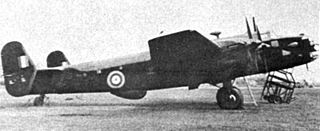 W
WThe 1942 Herefordshire TRE Halifax crash occurred on 7 June 1942 during World War II, in the south of Herefordshire a few miles east of the England-Wales border. The Royal Air Force operated Handley Page Halifax II crashed killing eleven people and several important British radar scientists. It is the UK’s worst ever military test flight accident.
 W
WAdastral Park is a science campus based on part of the old Royal Air Force Station at Martlesham Heath near Ipswich in the English county of Suffolk.
 W
WThe Admiralty Surface Weapons Establishment (ASWE) and later known as the Admiralty Research Establishment (ARE) was a department of the British Admiralty and later Navy Department responsible for research and development, into the design and testing of devices, equipment, and techniques in-regard to naval communications, electronic counter-measures, radar missile control and other related fields it was based at Portsdown Hill, Hampshire, England from 1959 to 1984.
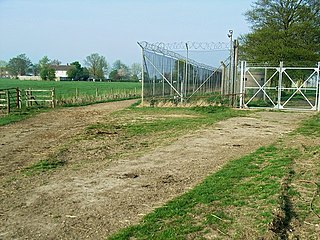 W
WRoyal Air Force Bampton Castle or RAF Bampton Castle is a former non-flying Royal Air Force station in Oxfordshire.
 W
WRoyal Air Force Bawdsey or more simply RAF Bawdsey is a former Royal Air Force station situated on the eastern coast in Suffolk, England. Also known as Bawdsey Research Station (BRS), the first Chain Home radar station was built there, characterized by eight tall masts, four for transmitting and four for receiving. When the research group moved to Dundee in September 1939, the radar station was left active under the name RAF Bawdsey. The site later hosted a Bristol Bloodhound surface-to-air missile station until 1990.
 W
WBT Archives is an archive preserving the documentary heritage of BT and its public sector predecessors. It is designated an official place of deposit for Public Records, for those records created prior to BT's privatisation in 1984.
 W
WA speaking clock or talking clock is a live or recorded human voice service, usually accessed by telephone, that gives the correct time. The first telephone speaking clock service was introduced in France, in association with the Paris Observatory, on 14 February 1933.
 W
WCaroone House was an office block at 14 Farringdon Street, London EC4, which was built in 1972 on the site of the Congregational Memorial Hall which had been demolished in 1968.
 W
WThe Communications Act 2003 is an Act of the Parliament of the United Kingdom. The act, which came into force on 25 July 2003, superseded the Telecommunications Act 1984. The new act was the responsibility of Culture Secretary Tessa Jowell. It consolidated the telecommunication and broadcasting regulators in the UK, introducing the Office of Communications (Ofcom) as the new industry regulator. On 28 December 2003 Ofcom gained its full regulatory powers, inheriting the duties of the Office of Telecommunications (Oftel). Among other measures, the act introduced legal recognition of community radio and paved the way for full-time community radio services in the UK, as well as controversially lifting many restrictions on cross-media ownership. It also made it illegal to use other people's Wi-Fi broadband connections without their permission. In addition, the legislation also allowed for the first time non-European entities to wholly own a British television company.
 W
WCompunet was a United Kingdom based interactive service provider, catering primarily for the Commodore 64 but later for the Commodore Amiga and Atari ST. It was also known by its users as CNet.
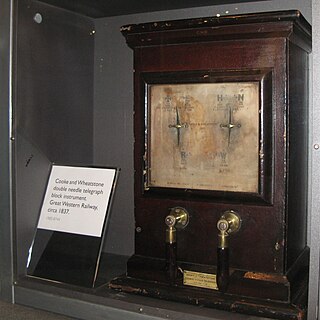 W
WThe Cooke and Wheatstone telegraph was an early electrical telegraph system dating from the 1830s invented by English inventor William Fothergill Cooke and English scientist Charles Wheatstone. It was a form of needle telegraph, and the first telegraph system to be put into commercial service. The receiver consisted of a number of needles which could be moved by electromagnetic coils to point to letters on a board. This feature was liked by early users who were unwilling to learn codes, and employers who did not want to invest in staff training.
 W
WThe Defence High Frequency Communications Service or the DHFCS is a British military beyond line-of-sight communication system operated by the Ministry of Defence (MOD) and used predominately by the Royal Air Force, Royal Navy and British Army, as well as other authorised users.
 W
WRoyal Air Force Defford or more simply RAF Defford is a former Royal Air Force station located 1.1 miles (1.8 km) northwest of Defford, Worcestershire, England.
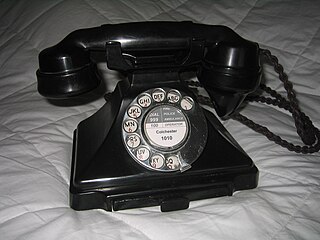 W
WThe director telephone system was a development of the Strowger or step-by-step (SXS) switching system used in London and five other large cities in the UK from the 1920s to the 1970s.
 W
WIn the nineteenth century, the United Kingdom had the world's first commercial telegraph company. British telegraphy dominated international telecommunications well into the twentieth. Telegraphy is the sending of textual messages by human operators using symbolic codes. Electrical telegraphy uses conducting wires to send messages, often incorporating a telegram service to deliver the telegraphed communication from the telegraph office. This is distinct from optical telegraphy that preceded it and the radiotelegraphy that followed. Though Francis Ronalds first demonstrated a working telegraph over a substantial distance in 1816, he was unable to put it into practical use. Starting in 1836, William Fothergill Cooke, with the scientific assistance of Charles Wheatstone, developed the Cooke and Wheatstone telegraph. The needle telegraph instrument suggested by Wheatstone, the battery invented by John Frederic Daniell, and the relay invented by Edward Davy were important components of this system.
 W
WThe Faraday Building is a building in the City of London. Because of its location, the building is a prominent feature of the London skyline despite being only 11 storeys high. The Faraday Building was the GPO's first telephone exchange in London, and is still used by BT Group. The building fronts onto Queen Victoria Street and backs onto Knightrider Street.
 W
WSamuel Fedida, OBE was an Egyptian-born British telecommunication engineer responsible at Prestel for the development of Viewdata.
 W
WThe Cooke and Wheatstone telegraph was an early electrical telegraph system dating from the 1830s invented by English inventor William Fothergill Cooke and English scientist Charles Wheatstone. It was a form of needle telegraph, and the first telegraph system to be put into commercial service. The receiver consisted of a number of needles which could be moved by electromagnetic coils to point to letters on a board. This feature was liked by early users who were unwilling to learn codes, and employers who did not want to invest in staff training.
 W
WHMS Forest Moor was a Royal Navy land base located in Nidderdale in the borough of Harrogate, North Yorkshire, England.
 W
WGawcott is a village about 1.5 miles (2.4 km) south-west of Buckingham in Aylesbury Vale district in Buckinghamshire, England. The village is in the civil parish of Gawcott with Lenborough.
 W
WGustav Siegfried Eins (GS1) was a British black propaganda radio station during World War II operated by the Political Warfare Executive (PWE). It was the brainchild of Sefton Delmer, a former BBC German service announcer recruited by PWE in 1940, and claimed to be an illegal radio station operating within Nazi Germany. The callsign was based on the German Army phonetic alphabet for the letters GS, but had no meaning.
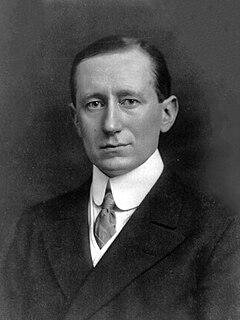 W
WIt is generally recognized that the first radio transmission was made from a temporary station set up by Guglielmo Marconi in 1895 on the Isle of Wight. This followed on from pioneering work in the field by a number of people including Alessandro Volta, André-Marie Ampère, Georg Ohm and James Clerk Maxwell.
 W
WThe Imperial Wireless Chain was a strategic international communications network of powerful long range radiotelegraphy stations, created by the British government to link the countries of the British Empire. The stations exchanged commercial and diplomatic text message traffic transmitted at high speed by Morse code using paper tape machines. Although the idea was conceived prior to World War I, the United Kingdom was the last of the world's great powers to implement an operational system. The first link in the chain, between Leafield in Oxfordshire and Cairo, Egypt, eventually opened on 24 April 1922, with the final link, between Australia and Canada, opening on 16 June 1928.
 W
WMilton Bryan is a village and civil parish located in Central Bedfordshire. It lies just off the A4012 road, near to its junction with the A5 at Hockliffe. The parish includes the ancient hamlets of Potsgrove & Battlesden. The village is best known for being the birthplace of Joseph Paxton, the designer of the Crystal Palace, who was born in Milton Bryan as the seventh son of a farming family along with its role in the Second World War.
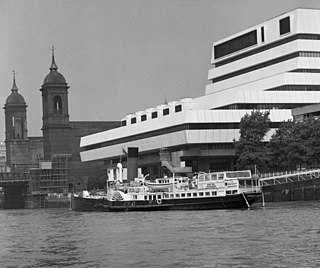 W
WMondial House was a main telecommunications hub in central London on the banks of the River Thames. It was known as an international switching centre (ISC). Built in 1978 the building was seen as controversially modern-looking. It was demolished in 2006.
 W
WThe NPL network or NPL Data Communications Network was a local area computer network operated by a team from the National Physical Laboratory in London that pioneered the concept of packet switching.
 W
WThe Office of Telecommunications (Oftel) was a department in the United Kingdom government, under civil service control, charged with promoting competition and maintaining the interests of consumers in the UK telecommunications market. It was set up under the Telecommunications Act 1984 after privatisation of the nationalised operator BT.
 W
WORACLE was a commercial teletext service first broadcast on the ITV network in 1978 and later broadcast on Channel 4 in the United Kingdom, finally ending on both channels at 23:59 UTC on 31 December 1992.
 W
WThe Post Office Research Station was first established as a separate section of the General Post Office in 1909.
 W
WPost Office Telecommunications was set up as a separate department of the UK Post Office, in October 1969. The Post Office Act of that year was passed to provide for greater efficiency in post and telephone services; rather than run a range of services, each organisation would be able to focus on their respective service, with dedicated management. By law, the Post Office had the exclusive right to operate the UK national telecom network, and limited ability to license other providers' services and equipment. The National Telephone Company controlled most of telephony in Britain before the 1880 ruling on the 1869 Telegraph Act mandated a nationalised service – which was instated in 1911. The 1869 Telegraph Act granted this monopoly over communications and it was confirmed in 1880 that this Act included telephony even though the telephone had not been invented when the Act was first conceived. Post Office engineers in the inter-war period had considerable expertise in both telecommunications and hearing assistive devices.
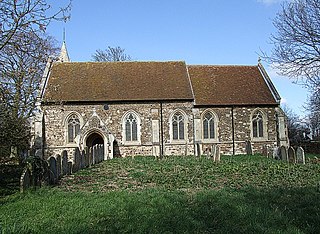 W
WPotsgrove is a small village and civil parish located in the Central Bedfordshire district of Bedfordshire, England. The parish includes the hamlet of Sheep Lane.
 W
WPrestel, the brand name for the UK Post Office Telecommunications's Viewdata technology, was an interactive videotex system developed during the late 1970s and commercially launched in 1979. It achieved a maximum of 90,000 subscribers in the UK and was eventually sold by BT in 1994.
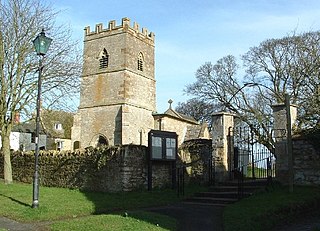 W
WGreatworth is a village in the civil parish of Greatworth and Halse about 4 miles (6.4 km) north-west of Brackley, South Northamptonshire, England. The parish also includes the hamlet of Halse. In 2011 the settlement had a population of 708. The 2011 Census recorded the parish population as 890.
 W
WThe Regulation of Investigatory Powers Act 2000 (c.23) is an Act of the Parliament of the United Kingdom, regulating the powers of public bodies to carry out surveillance and investigation, and covering the interception of communications. It was ostensibly introduced to take account of technological change such as the growth of the Internet and strong encryption.
 W
WSandridge is a village and civil parish between St Albans and Wheathampstead in Hertfordshire, England.
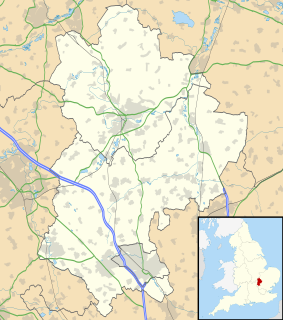 W
WRAF Stanbridge was a non-flying RAF station situated on the outskirts of Leighton Buzzard, Bedfordshire, England and located 1.6 miles (2.6 km) west of the village of Stanbridge, Bedfordshire.
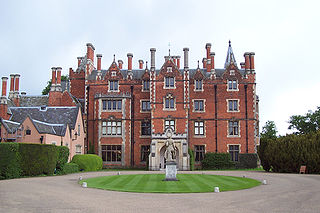 W
WTaplow Court is a Victorian house in the village of Taplow in Buckinghamshire, England. Its origins are an Elizabethan manor house, remodelled in the early 17th century. In the 18th century the court was owned by the Earls of Orkney. In the 1850s, the court was sold to Charles Pascoe Grenfell, whose descendants retained ownership until after the Second World War. The court then served as a corporate headquarters for BT and subsequently for Plessey Electronics. In 1988 it was bought by the Buddhist foundation, Soka Gakkai International and serves as their UK headquarters.
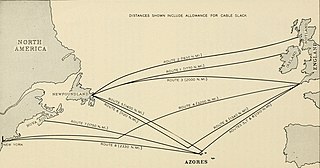 W
WTAT-1 was the first submarine transatlantic telephone cable system. It was laid between Oban, Scotland and Clarenville, Newfoundland. Two cables were laid between 1955 and 1956 with one cable for each direction. It was inaugurated on September 25, 1956. The cable was able to carry 35 simultaneous telephone calls. A 36th channel was used to carry up to 22 telegraph lines.
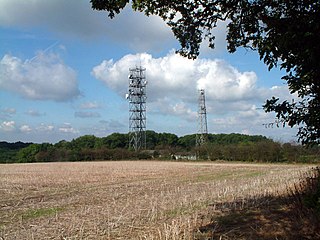 W
WThe Tatsfield Receiving Station – known formally as the BBC Engineering Measurement and Receiving Station – was a radio broadcasting signals-receiving and frequency-measuring facility operated by the British Broadcasting Corporation (BBC) on the North Downs just south of London in the United Kingdom.
 W
WThe Telecommunications Act 1984 is an Act of the Parliament of the United Kingdom. The rules for the industry are now contained in the Communications Act 2003.
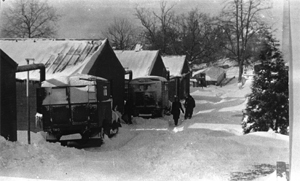 W
WThe Telecommunications Research Establishment (TRE) was the main United Kingdom research and development organization for radio navigation, radar, infra-red detection for heat seeking missiles, and related work for the Royal Air Force (RAF) during World War II and the years that followed. It was regarded as "the most brilliant and successful of the English wartime research establishments" under "Rowe, who saw more of the English scientific choices between 1935 and 1945 than any single man."
 W
WViewdata is a Videotex implementation. It is a type of information retrieval service in which a subscriber can access a remote database via a common carrier channel, request data and receive requested data on a video display over a separate channel. Samuel Fedida, who had the idea for Viewdata in 1968, was credited as inventor of the system. The first prototype became operational in 1974. The access, request and reception are usually via common carrier broadcast channels. This is in contrast with teletext.